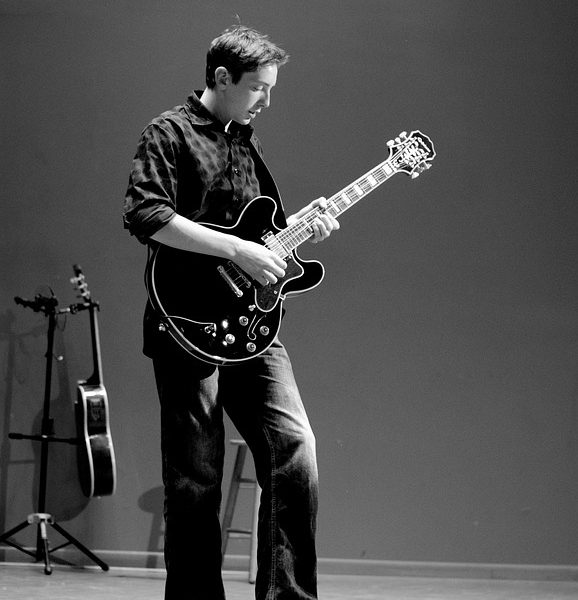Unlock the Magic of Music: A Beginner’s Guide to Basic Guitar Chords
Unlock the Magic of Music: A Beginner’s Guide to Basic Guitar Chords
Learning to play the guitar is an incredibly rewarding experience that can open up a whole new world of musical possibilities. Whether you dream of playing in a band, writing your own songs, or simply entertaining friends and family with your musical talents, mastering the fundamentals of guitar chords is the first step on your journey to becoming a skilled guitarist. In this beginner’s guide, we will explore the basics of guitar chords and how you can start unlocking the magic of music today.
Understanding the Basics of Guitar Chords
Before we dive into the specifics of individual chords, let’s first discuss what a chord is and why it is such an important concept in music theory. In the simplest terms, a chord is a group of three or more notes that are played together to create a harmonious sound. Chords are the building blocks of music and are used to provide harmony and structure to songs.
On the guitar, chords are typically formed by pressing down on multiple strings at specific frets to create different combinations of notes. There are hundreds of different chords that you can learn to play on the guitar, but for beginners, it is best to start with a few basic chords that are commonly used in a wide variety of songs.
Common Types of Guitar Chords
There are several different types of chords that you will encounter as you begin to explore the world of guitar playing. Here are a few of the most common types of chords that you should familiarize yourself with:
Major Chords: Major chords are some of the most basic and essential chords in music. They are typically used to create a happy, upbeat sound and are found in countless popular songs.
Minor Chords: Minor chords, on the other hand, have a more melancholy or somber sound. They are often used to add depth and emotion to a song.
Seventh Chords: Seventh chords are slightly more complex than major and minor chords and add a jazzy, bluesy element to your playing.
Power Chords: Power chords are popular in rock music and are formed by playing just two notes on the guitar. They have a powerful, punchy sound and are great for creating catchy riffs and melodies.
Mastering Basic Guitar Chords
Now that you have a basic understanding of the different types of chords, it’s time to start learning how to play them on the guitar. Here are a few essential chords that every beginner guitarist should know:
1. A Major: Place your index finger on the second fret of the D string, your middle finger on the second fret of the G string, and your ring finger on the second fret of the B string. Strum from the A string down to the high E string, making sure to press down firmly on each string to create a clear sound.
2. E Major: This chord is played by placing your index finger on the first fret of the G string, your middle finger on the second fret of the A string, and your ring finger on the second fret of the D string. Strum all six strings to play the E major chord.
3. D Major: To play the D major chord, place your index finger on the second fret of the G string, your ring finger on the third fret of the B string, and your middle finger on the second fret of the high E string. Strum from the D string down to the high E string.
4. C Major: This chord is played by placing your ring finger on the third fret of the A string, your middle finger on the second fret of the D string, and your index finger on the first fret of the B string. Strum from the A string down to the high E string to play the C major chord.
Practice Makes Perfect
Learning to play guitar chords takes time and practice, so don’t get discouraged if you don’t master them right away. Make sure to practice regularly, starting with just a few chords at a time and gradually adding more to your repertoire as you become more comfortable with the instrument.
In addition to practicing individual chords, try playing them in different combinations to create chord progressions. Experiment with strumming patterns and rhythms to add variety and interest to your playing. Remember, the more you practice, the more confident and skilled you will become as a guitarist.
Conclusion
Learning to play guitar chords is a fun and fulfilling journey that can lead to a lifetime of musical enjoyment. By mastering the basics of chords and practicing regularly, you can unlock the magic of music and become a skilled guitarist in no time. So grab your guitar, start practicing, and let the music begin!






